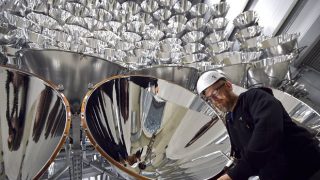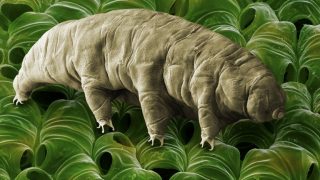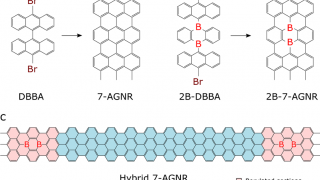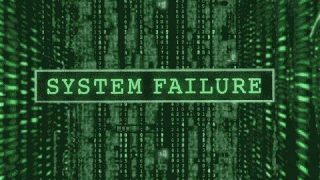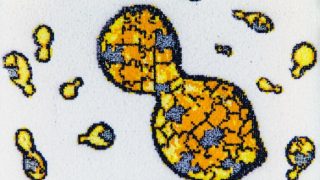
Leftie or rightie? Do not turn to your brain for answers
What determines being left or right handed? As a scientific question might seem irrelevant, but actually handedness is a good example of a brain phenomenon called lateralization which basically refers to the location of certain brain activities in one brain hemisphere or the other (for example, language areas are located in the left hemisphere). There […]
